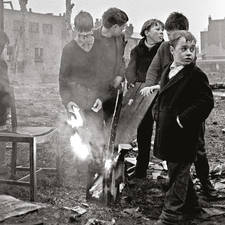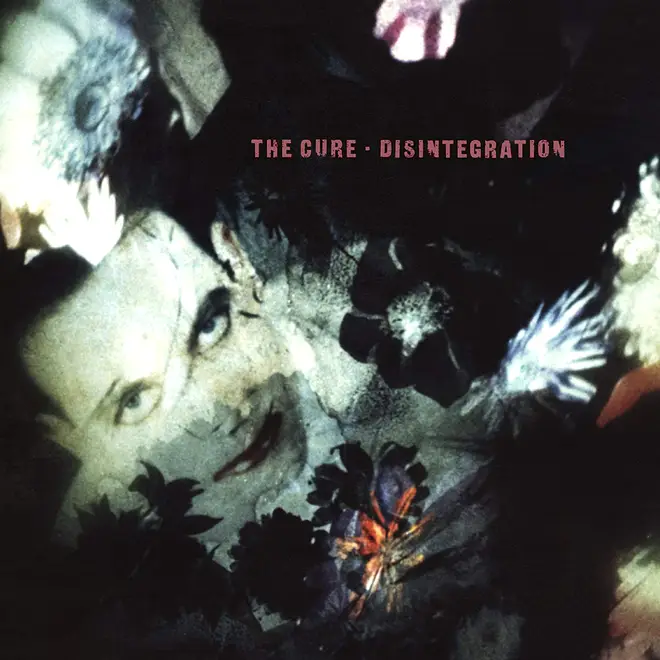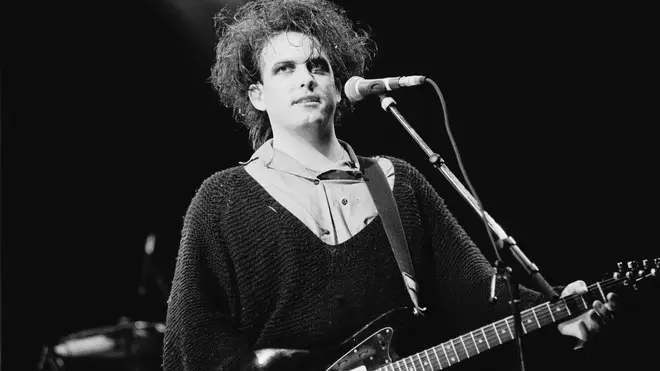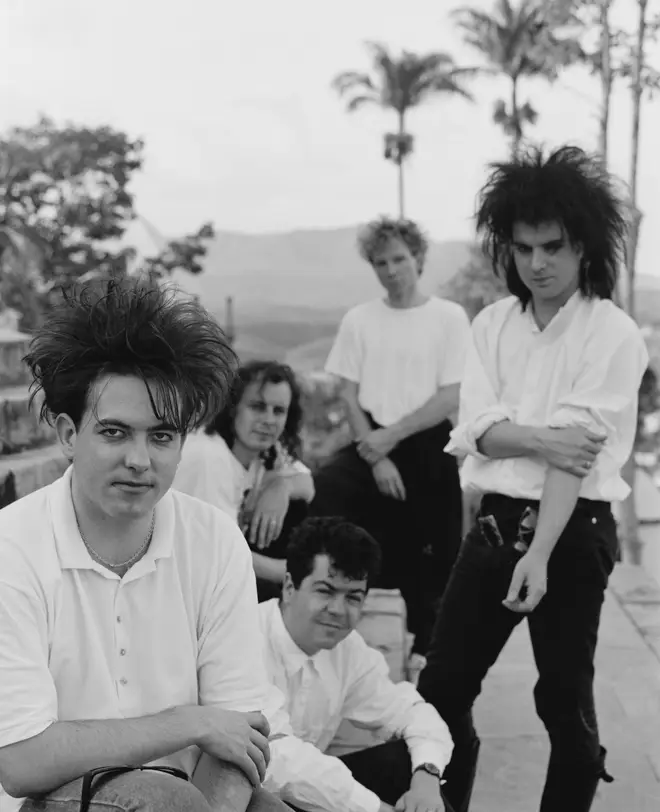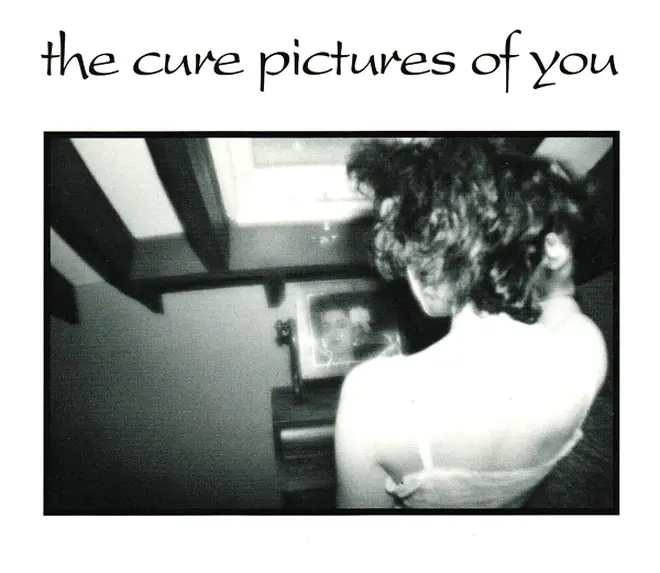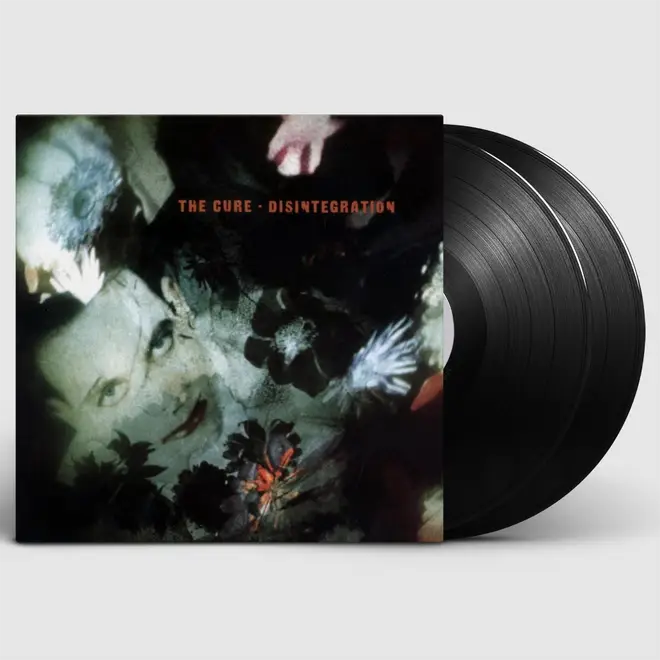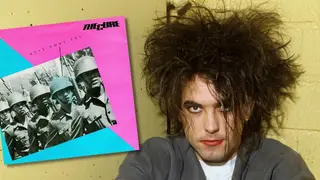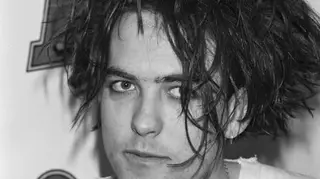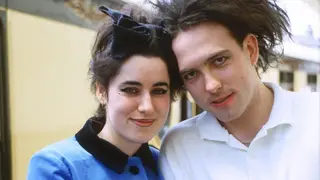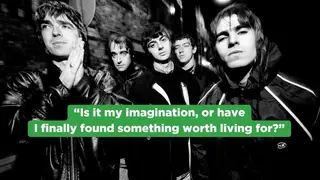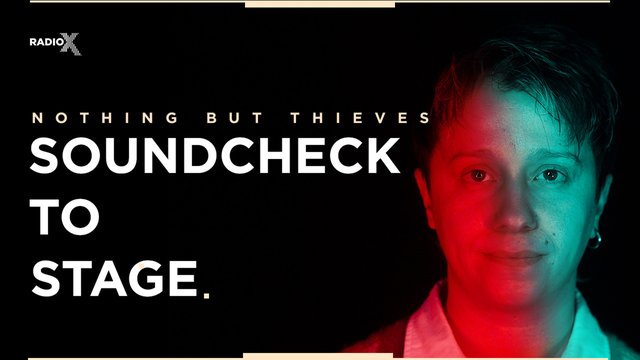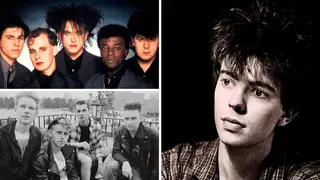The Cure live: watch Disintegration played in full here
31 May 2019, 10:16 | Updated: 31 May 2019, 12:19

The Cure perform Disintegration | Live Stream | Sydney Opera House
“Disintegration is the best album ever!” cried Kyle following Robert Smith’s guest appearanceon South Park - and he had a point. The Cure’s eighth studio album was released on 2 May 1989 and has become one of their most enduring pieces.
Robert Smith and his band have performed the album live, in its entirety (complete with b-sides and rare demos) at Sydney Opera House as part of the Vivid Live festival. You can watch the show again right here.
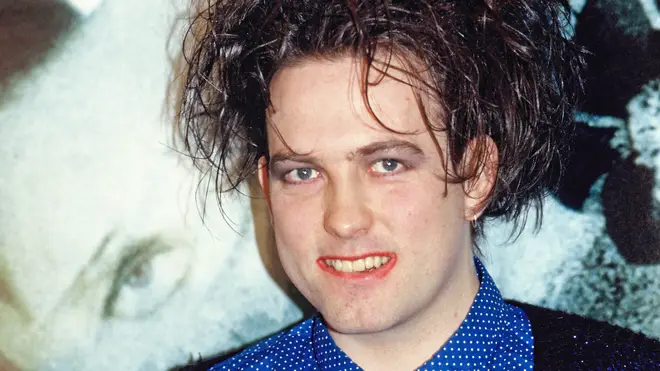
Meanwhile, here are some of the stories behind the making of Disintegration that you may not have heard…
-
The front cover features a photo of Robert Smith - clearly - for the first time
Smith (along with bassist Simon Gallup and drummer Lol Tolhurst) had appeared on the cover of 1982’s Pornography, but they were all wearing masks and the image was blurred beyond recognition. The cover to the single Close To Me also pictured the group hanging out of a wardrobe, but Disintegration was the first time that Smith’s face recognisably appeared on a Cure album cover. The photo was taken by Andy Vella.
The Cure - Disintegration album cover. Picture: Fiction Records -
Disintegration is all about turning 30
The lyrics on the album reflected on the fact that Robert Smith was about to turn 30 years old on 21 April 1989. This milestone, plus The Cure’s huge worldwide success with their preceding album, Kiss Me Kiss Me Kiss Me, prompted Smith to write a deep, heartfelt and occasionally gloomy follow-up. The title of the album summed up how he felt hitting the big 3-0.
-
Did Robert Smith really claim this was the final Cure album?
On a number of occasions in 1989, Smith told the press that this would be the last Cure record and that he was already working on a solo LP. He also claimed that the Prayer Tour - which took The Cure from Europe to America across four long months - would be the last time the group would embark on such a lengthy campaign.
Robert Smith performs with The Cure at Torhout/Werchter festival in Belgium on 7 July 1989. Picture: Frans Schellekens/Redferns/Getty Images He told Melody Maker in May 1989: “I have no intention of lugging on at 60. I never thought I’d be doing this at 30. That was my limit. So I’ve broken a promise to myself.” Smith turned 60 in April 2019 and The Cure have a series of festival appearances planned across the summer, including a headline slot at Glastonbury on 30 June.
-
Disintegration was the last album to feature founder member Lol Tolhurst
Another issue within the band at the time was with one of the founder members, Lol Tolhurst. He originally played drums on tracks like Boys Don’t Cry, but moved to keyboards in 1982 and unfortunately became sidelined in the studio. He spent more time drinking than working, leading to his odd credit on Disintegration: “Lol Tolhurst - Other Instrument”.
The Cure in Brazil, 30 March 1987: Robert Smith, Porl Thompson, Lol Tolhurst, Boris Williams and Simon Gallup. Picture: Michael Putland/Getty Images “His function has always been as a sort of victim,” Smith told Q magazine in May 1989. “By the end all the jokes, the bitterness, the conversation everything was focusing on him rather than the music.”
“If we’d been an American band,” Tolhurst told Radio X in 2016, “There would probably have been an intervention. To be fair, people tried, but I think it was a little too late.” Instead, Robert Smith sacked the only other original member of The Cure on the eve of the album’s release.
-
Pictures Of You is based on a true story
The song Pictures Of You was inspired by an incident during the recording of Disintegration at Hook End Manor in Oxfordshire in the autumn of 1988. The studio was residential and a fire broke out in one of the rooms, leading to a hurried evacuation by The Cure and their producer David M. Allen.

The Cure - Pictures Of You
Robert Smith was concerned about the lyrics he’d written being consumed by the fire, but thankfully they were saved. What he did find, however, was a singed wallet containing photos of his family and wife Mary, which he’d been carrying around for years. The song is about how he felt about the photos and what they meant to him.
-
Who is the girl in the photo on the cover of the Pictures Of You single?
The Cure - Pictures Of You single cover. Picture: Fiction Records The girl staring into the mirror is Mary Poole, Robert Smith’s wife. The image was taken at a Scottish castle in 1980 and a similar, blurred photo was originally used as the sleeve artwork of the single Charlotte Sometimes.
-
Who directed the Lullaby video?
The memorably scary video for Lullaby was directed by The Cure’s long-term collaborator Tim Pope, who had been behind the camera on clips for The Love Cats and In Between Days. It cost £80,000 to make and was apparently inspired by scenes in David Lynch’s cult movie Eraserhead.

The Cure - Lullaby
Pope explained to Q magazine in 1989: “The Cure is the ultimate band for a filmmaker to work with because old Smiffy really understands the camera. His songs are so cinematic. I mean on one level there's this stupidity and humour, but beneath that there are all Smiffy's psychological obsessions and claustrophobia."
-
Why wasn’t Lullaby released as a single in the US?
The Cure’s American label Elektra didn’t feel that Lullaby was commercial enough (or too weird) for the fickle US audience, so they went with the rockier Fascination Street instead. A separate video for the track was made, as Smith told Select magazine in 1991: “The original idea was a Doctor Who video, that's why there's a phone box and a clock, with rooms within rooms.”

The Cure - Fascination Street
-
Which tracks were left off the vinyl edition of Disintegration?
Smith conceived Disintegration as an album for the CD format, with the running time of the whole collection clocking in at over 70 minutes. This was too long for a single piece of vinyl, so the LP edition of the record that you could buy in 1989 lost the tracks Last Dance and Homesick - but anyone who bought the cassette or CD could enjoy all 12 songs. When you buy Disintegration on vinyl, you now get two discs and all the tracks as originally intended.
The Cure - Disintegration on vinyl. Picture: Fiction Records -
Who kept The Cure off the No 1 spot in America?
The second single from the album was Lovesong, which Smith wrote as a wedding present to his wife Mary, who he married in August 1988. The song was so successful in the US that it went to No 2 in the Billboard charts - it was kept off the top by Miss You Much by Janet Jackson.

The Cure - Lovesong
Both Janet Jackson and The Cure will appear at this year's Glastonbury - but when Jackson's Twitter account posted the festival's poster, her billing had mysteriously moved up in front of headliners The Cure, The Killers and Stormzy. Was this history repeating itself?
Can’t wait to see you #UK #Glastonbury2019 🤗 pic.twitter.com/oEZIxE1ufc
— Janet Jackson (@JanetJackson) March 18, 2019
